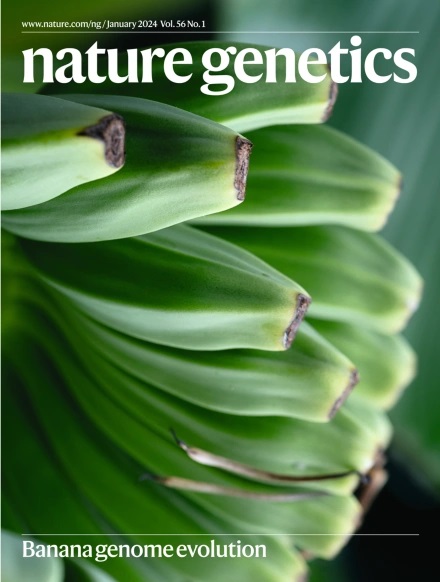为单细胞表型组学设计下一代微流体技术
IF 31.7
1区 生物学
Q1 GENETICS & HEREDITY
引用次数: 0
摘要
人类基因组计划的完成促进了“组学”技术的发展,使人们能够在前所未有的分子尺度上对生物系统进行详细的探索。微流体通过促进DNA和RNA的大规模,高通量和高度精确的测量,推动了从批量到单细胞分析的转变,改变了组学工具箱。这一转变开创了一个新时代,超越了以基因和蛋白质为中心的视角,走向了对细胞表型的全面理解。这个新兴的“单细胞表型学时代”整合了不同的组学数据集与空间,形态和时间表型,以提供对细胞功能的全面视角。这篇综述强调了微流体如何解决向单细胞组学过渡的关键挑战,并探讨了从这些努力中吸取的经验教训将如何推动单细胞表型组学的革命。此外,我们还讨论了整合单细胞表型学可以作为生物学变革性发现基础的新兴机会。本文章由计算机程序翻译,如有差异,请以英文原文为准。


Engineering next-generation microfluidic technologies for single-cell phenomics
The completion of the Human Genome Project catalyzed the development of ‘omics’ technologies, enabling the detailed exploration of biological systems at an unprecedented molecular scale. Microfluidics has transformed the omics toolbox by facilitating large-scale, high-throughput and highly accurate measurements of DNA and RNA, driving the transition from bulk to single-cell analyses. This transition has ushered in a new era, moving beyond a gene- and protein-centric perspective toward a holistic understanding of cellular phenotypes. This emerging ‘single-cell phenomics era’ integrates diverse omics datasets with spatial, morphological and temporal phenotypes to provide a comprehensive perspective on cellular function. This Review highlights how microfluidics addressed key challenges in the transition to single-cell omics and explores how lessons learned from these efforts will propel the single-cell phenomics revolution. Furthermore, we discuss emerging opportunities in which integrative single-cell phenomics could serve as a foundation for transformative discoveries in biology. Research is moving from a gene- and protein-centric view toward a holistic understanding of cellular phenotypes. This Review discusses the technological microfluidics challenges that must be addressed to realize integrative single-cell phenomics.
求助全文
通过发布文献求助,成功后即可免费获取论文全文。
去求助
来源期刊

Nature genetics
生物-遗传学
CiteScore
43.00
自引率
2.60%
发文量
241
审稿时长
3 months
期刊介绍:
Nature Genetics publishes the very highest quality research in genetics. It encompasses genetic and functional genomic studies on human and plant traits and on other model organisms. Current emphasis is on the genetic basis for common and complex diseases and on the functional mechanism, architecture and evolution of gene networks, studied by experimental perturbation.
Integrative genetic topics comprise, but are not limited to:
-Genes in the pathology of human disease
-Molecular analysis of simple and complex genetic traits
-Cancer genetics
-Agricultural genomics
-Developmental genetics
-Regulatory variation in gene expression
-Strategies and technologies for extracting function from genomic data
-Pharmacological genomics
-Genome evolution
 求助内容:
求助内容: 应助结果提醒方式:
应助结果提醒方式:


